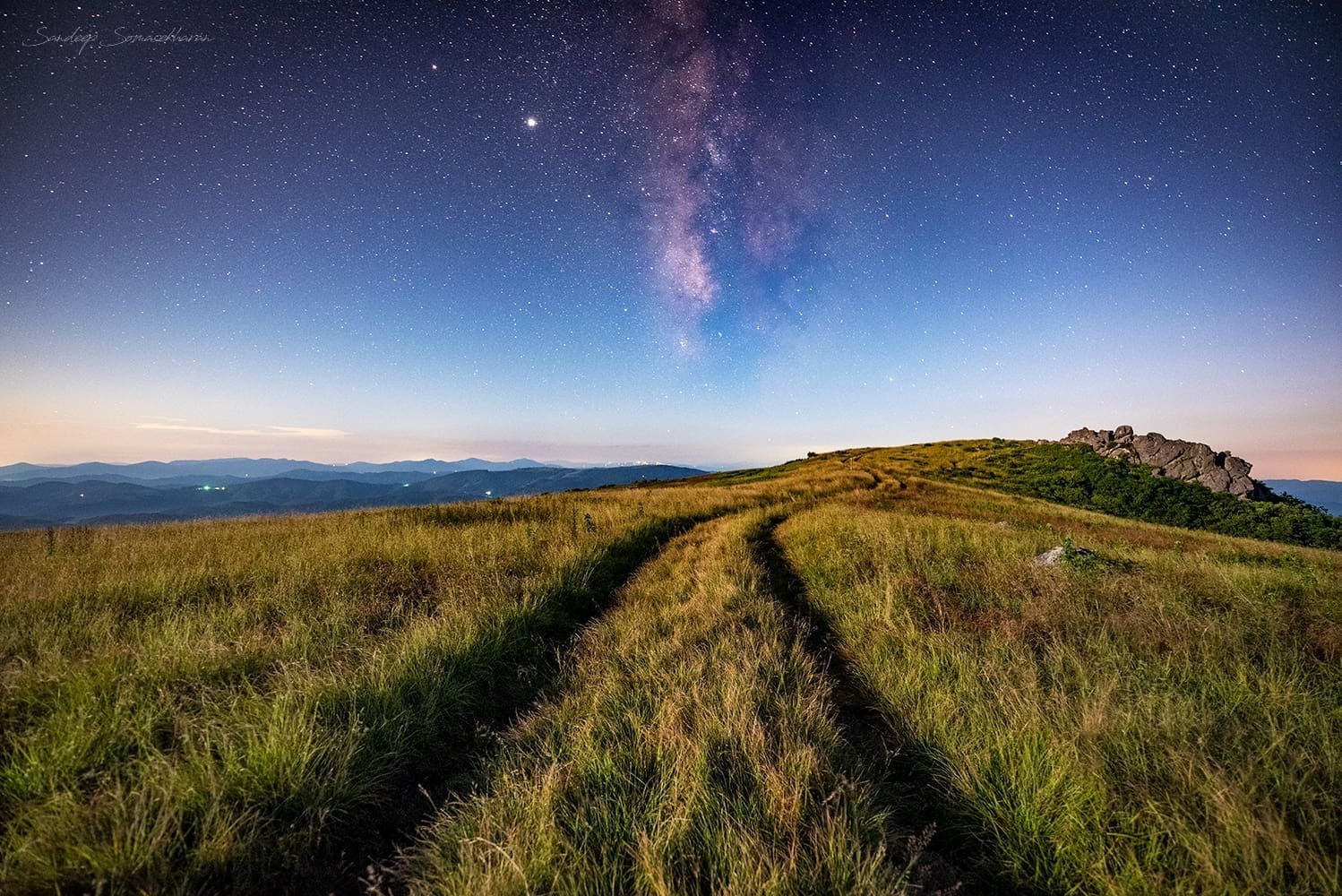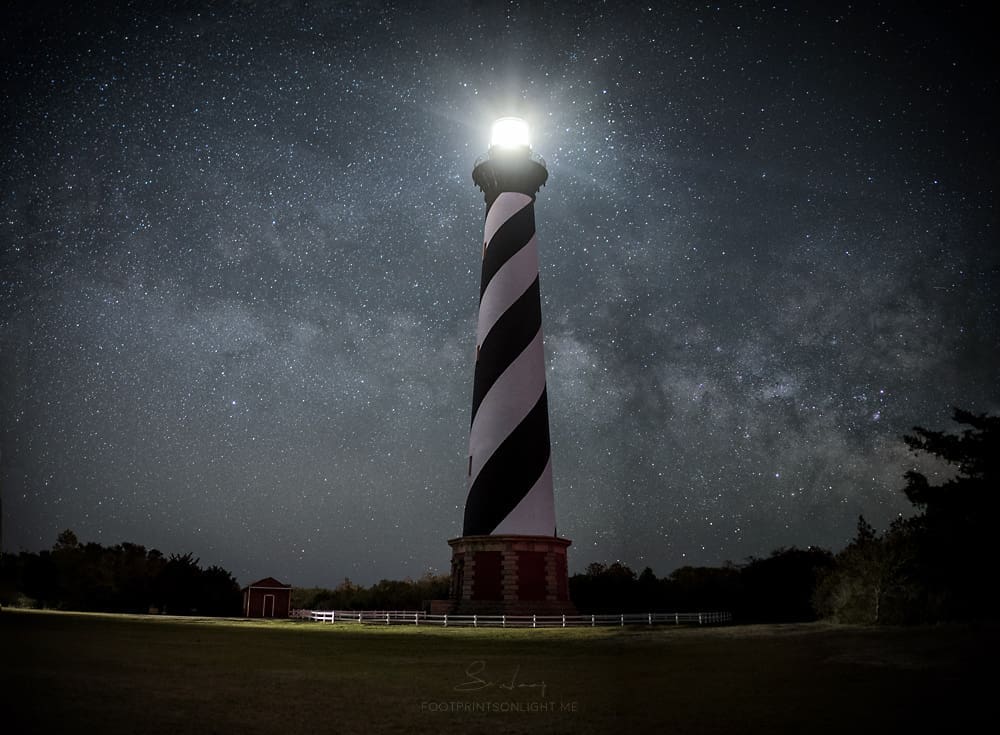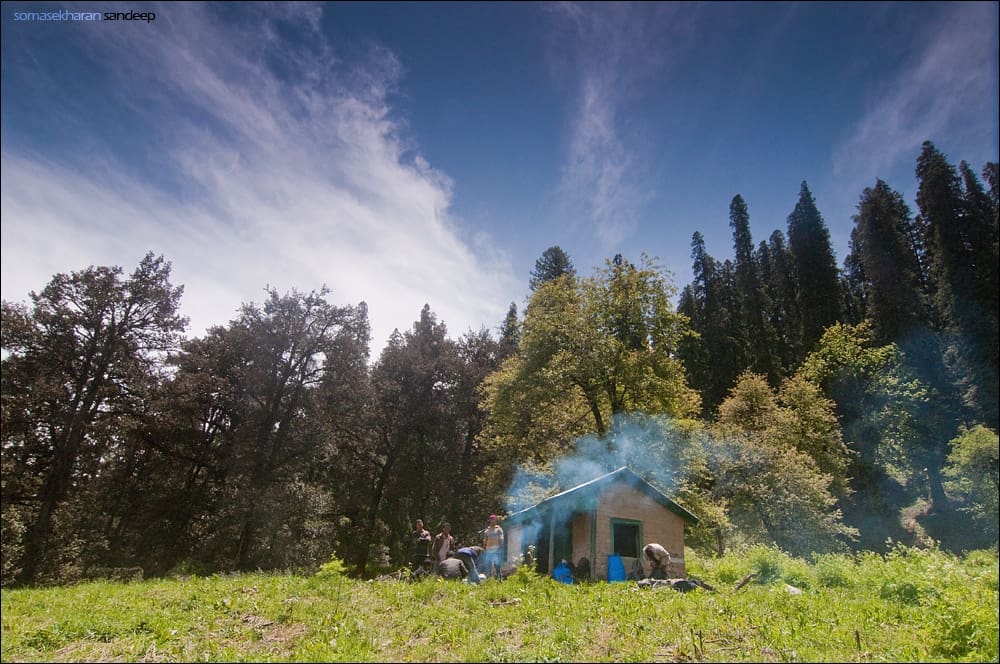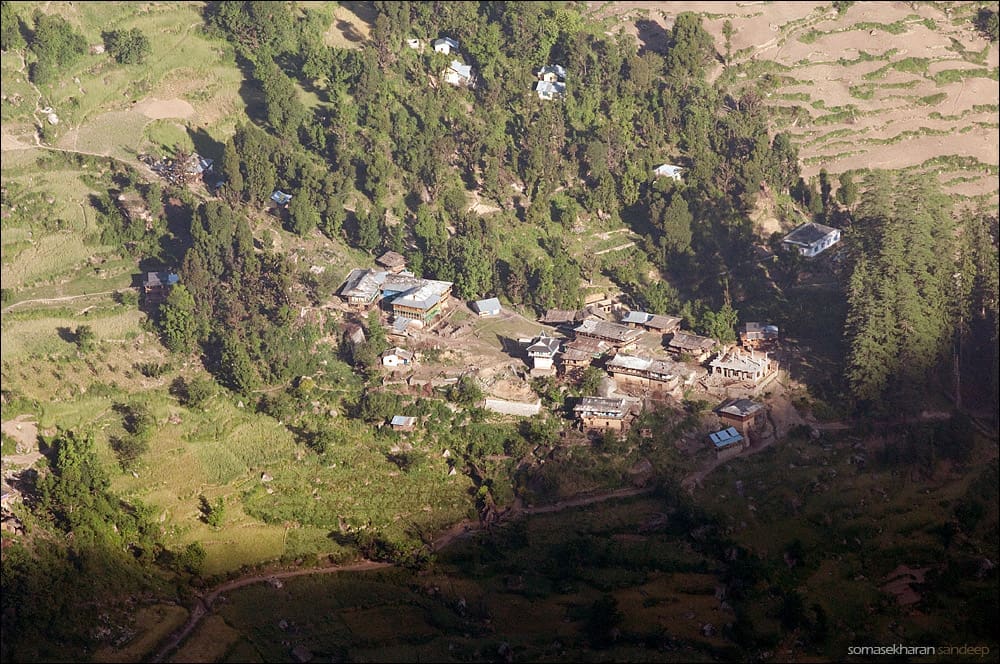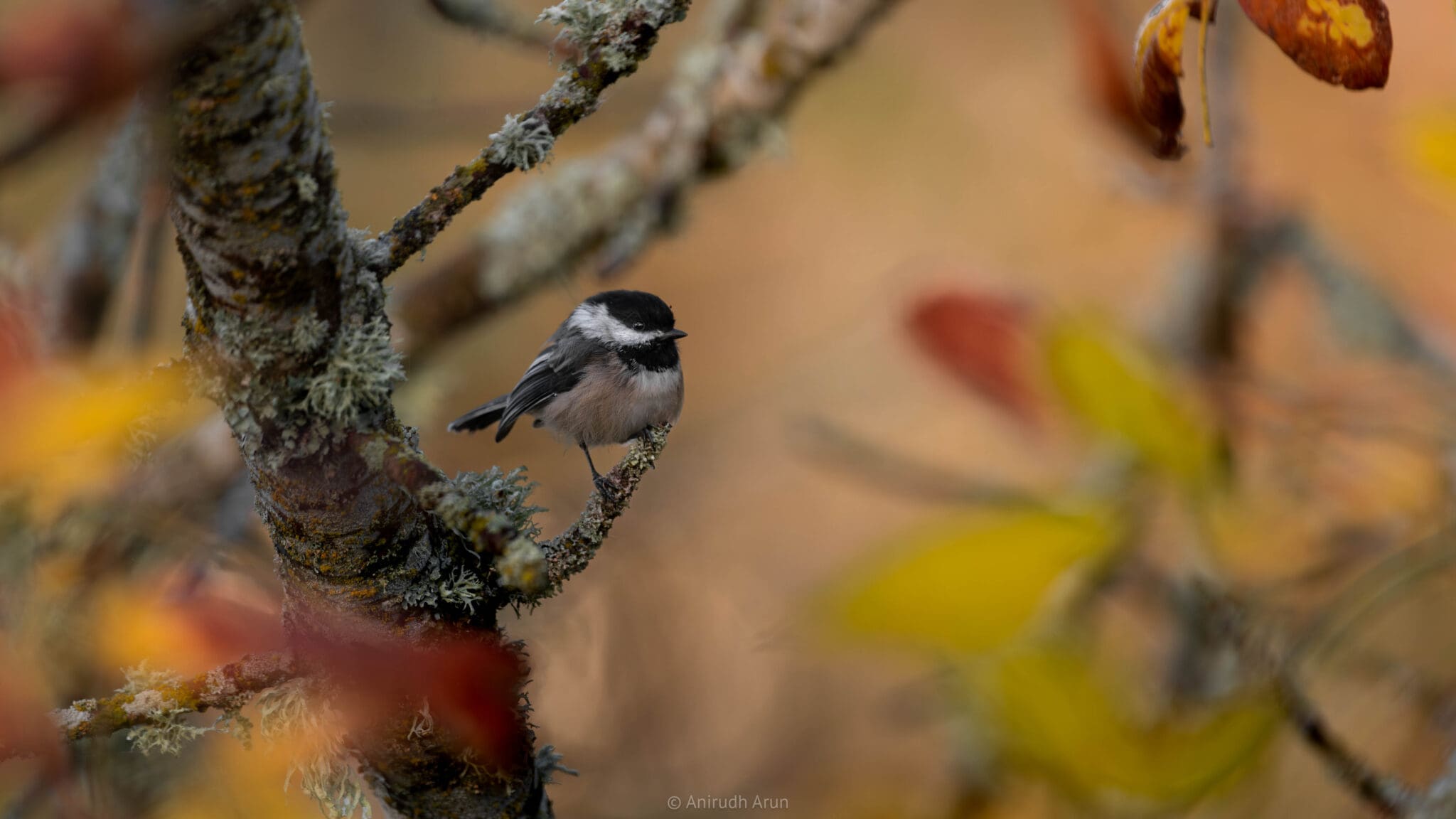I park my car and look around. In the distance, there is a glow of the headlamps of Anoop and Jai. I am on White Top Mountain, on the fabled Appalachian Trail. Here, the skies are so dark that it doesn’t take a second for the eyes to discern the Milky Way towards the south. This is late August, and the Milky Way has shifted orientation, now cleaving the star-studded night sky in two. I take a couple of shots and walk down the trail with Anoop and Jai, to a spot a few yards from the trail. From here, we have an overlook that showed the layers of mountains that lie ahead, and the outstretched arm of our galaxy.
A few Perseids streak past, but nowhere close to the frames that are being exposed. The air is surprisingly cold and nippy for August, and I rue not wearing a jacket. Stray calls of wildlife punctuate the night, as Jupiter and Saturn reflect the sunlight we cannot see, shining powerfully next to the Milky Way. Somewhere west of the Milky Way, low clouds are illuminated by lightning. Thankfully, the bad weather stays far away from where we were, and low enough on the horizon.
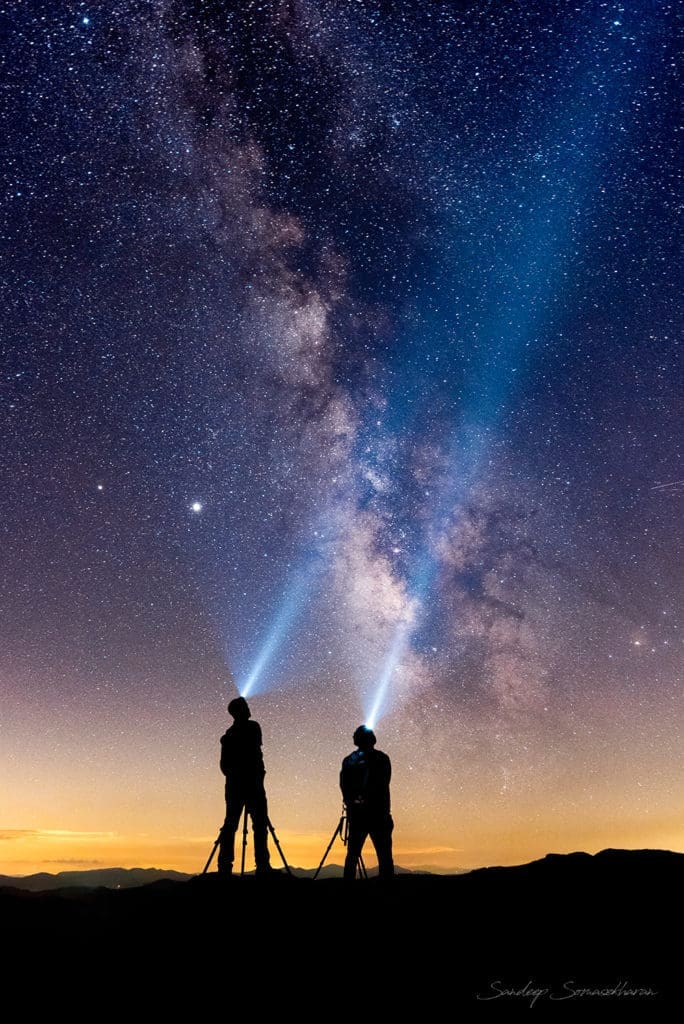
As we sit, the moon rises behind us. A fuller moon and the Milky Way do not go well. The moonlight illuminates the atmospheric particles and the scattered light creates a haze that obscures the stars. The crescent moon rises later in the night and makes for less interference with its lighting, which is why the Milky Way is best seen on new moon nights. As the moon ascends higher in the sky, the Milky Way begins to fade and I pack my bags, preparing for the 4-hour long drive back.
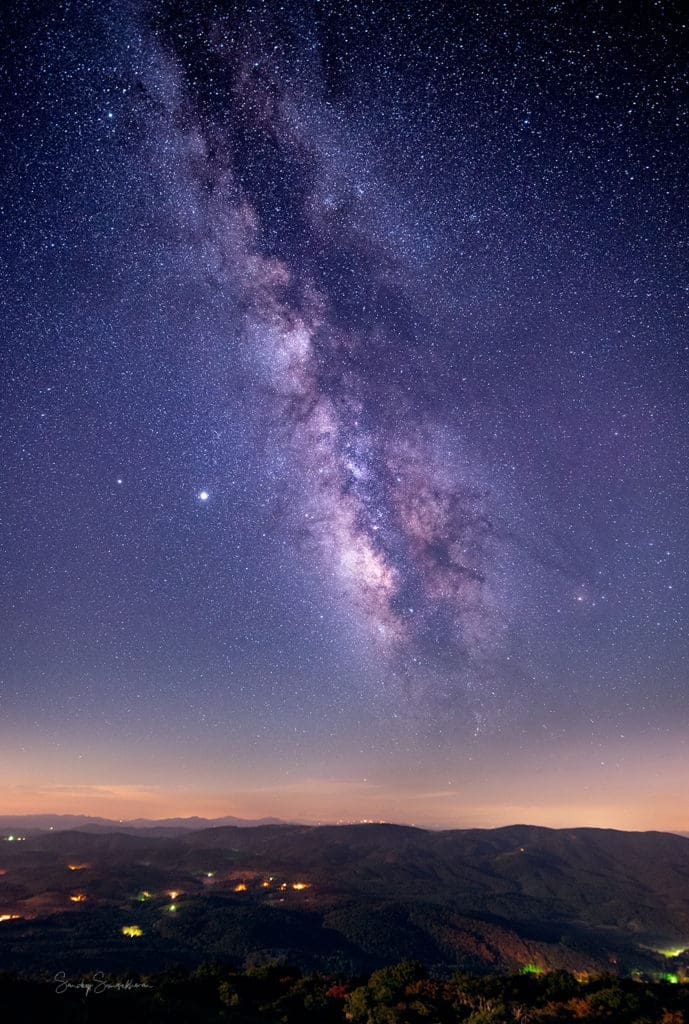
Halfway back, we turn back and notice the trail scythe through the tall grass we had just passed. The Milky Way is still visible, though it is now a pale shadow of what we had witnessed earlier. I set up again, and fire a couple of exposures, as the rising moon lights the gorgeously tall grass on which the night breeze created blue-green ripples. This moment, ladies and gentlemen, was the highest point of the year for me.
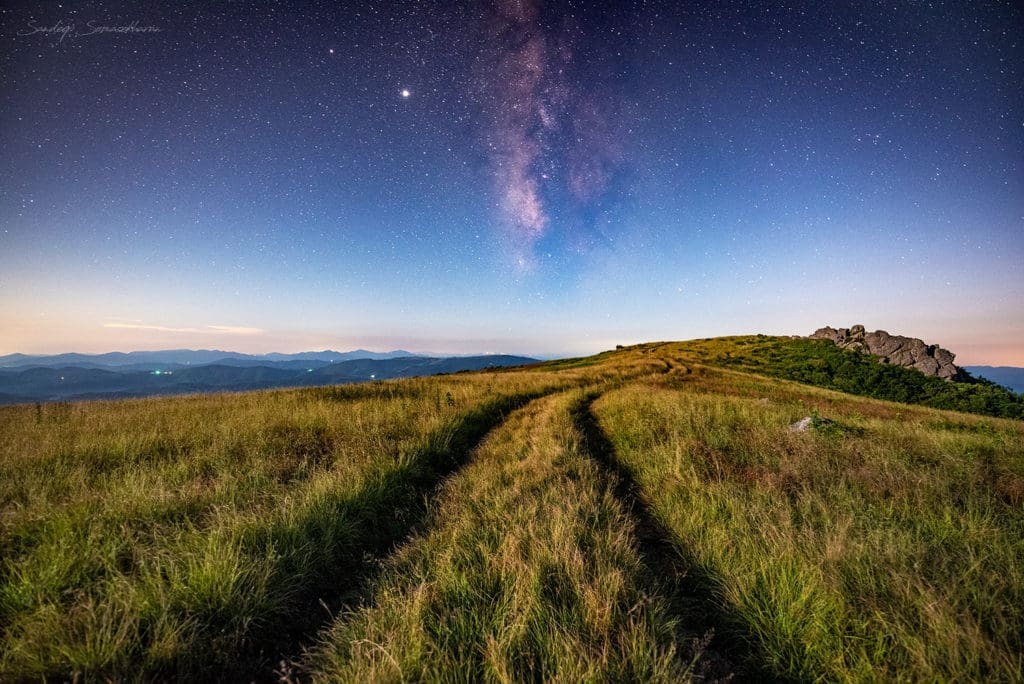
Six hours later, an earthquake would strike that part of the Appalachians where we were watching the stars. Considering we are far from any of the tectonic plate edges, this is rather surprising. Or maybe not, as perhaps it was nature’s way of reminding us that we are still in 2020.
ALSO READ
Embracing Darkness – celebrating the night sky
The night the moon blushed red
- We Are What We Post: How Forums Influence Photography - May 12, 2025
- Thattekkad Diary – Lessons In Birding, Guiding, and Tourist Privilege - March 22, 2025
- Cicada Apocalypse – A Survivor’s Account - January 21, 2025


